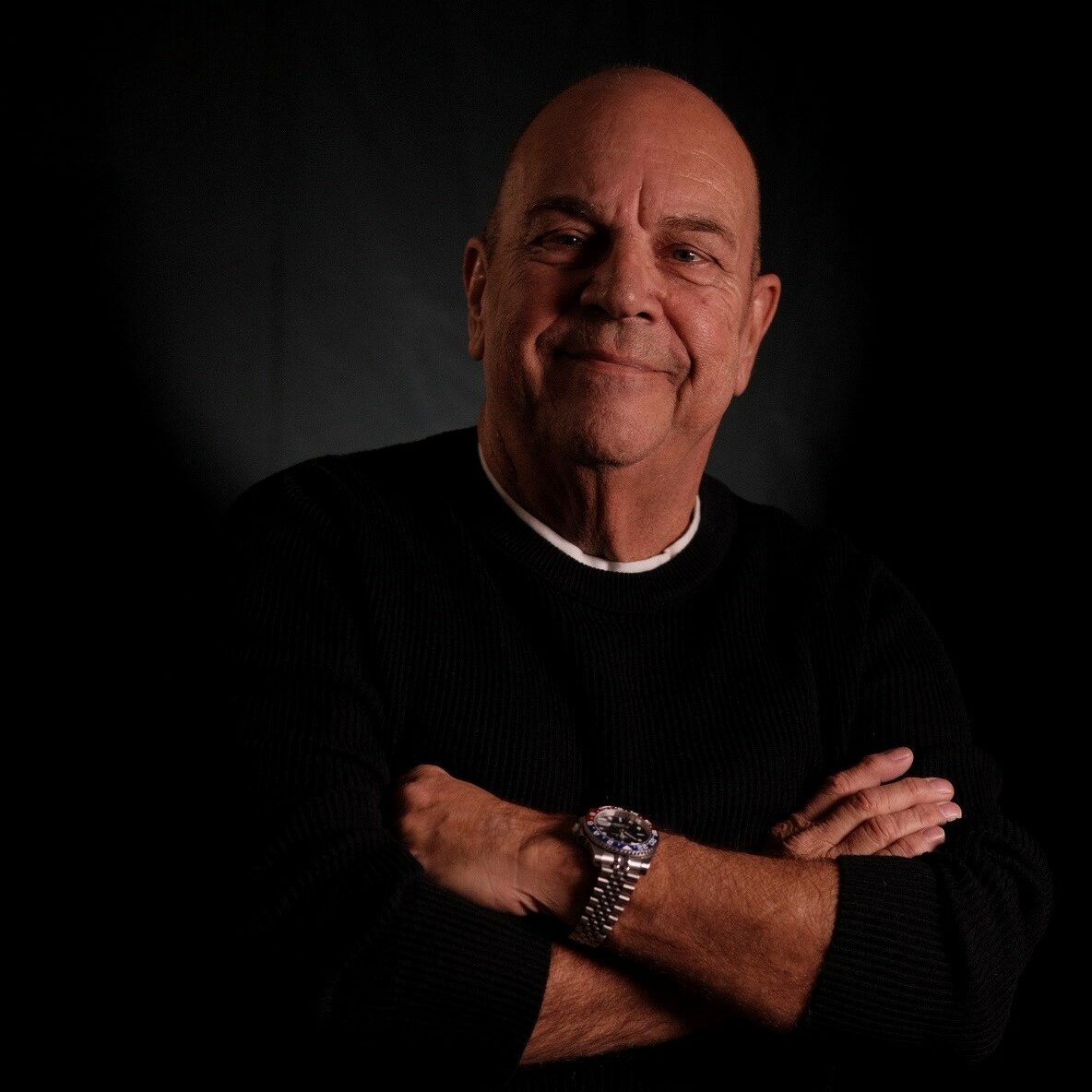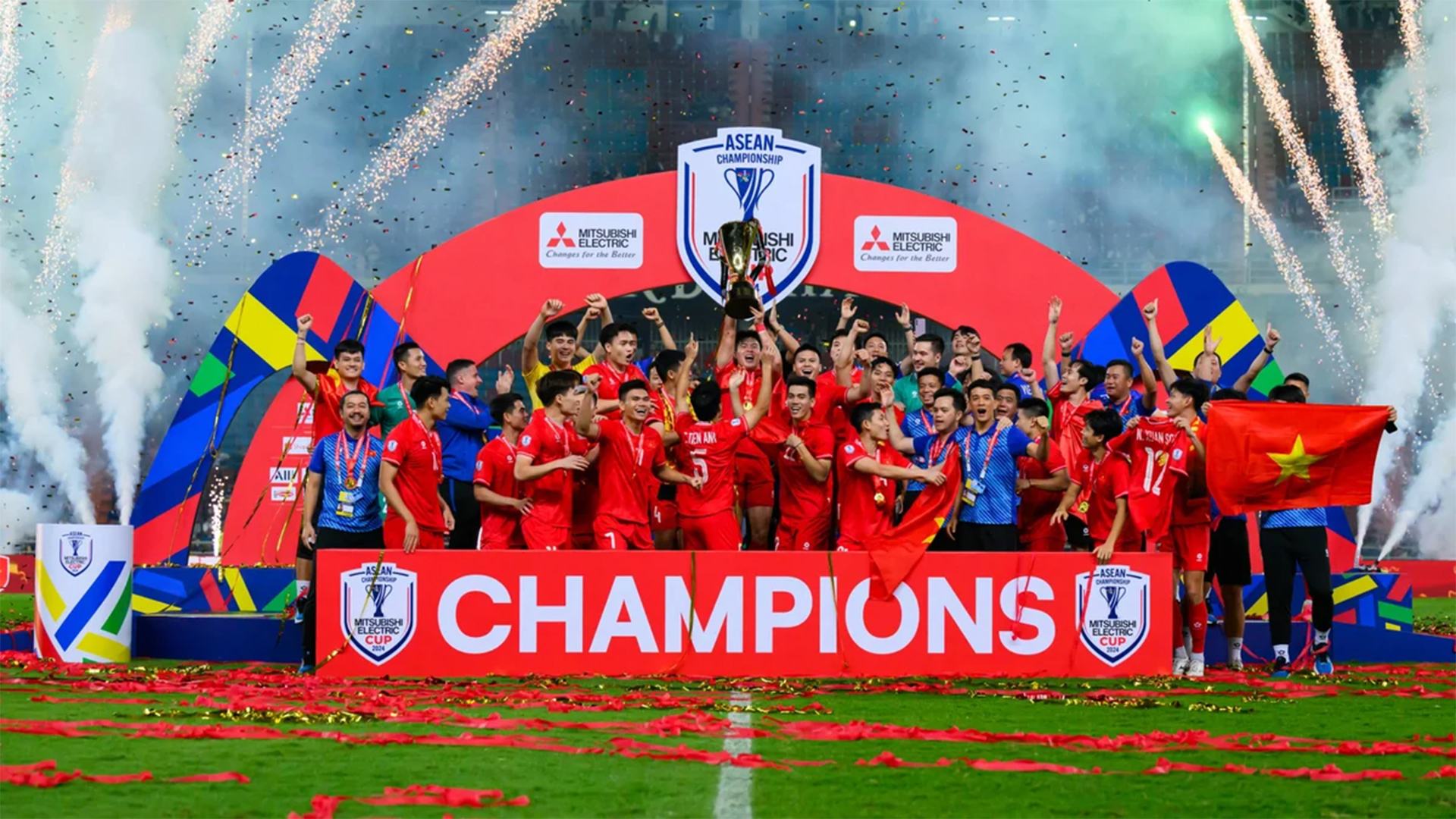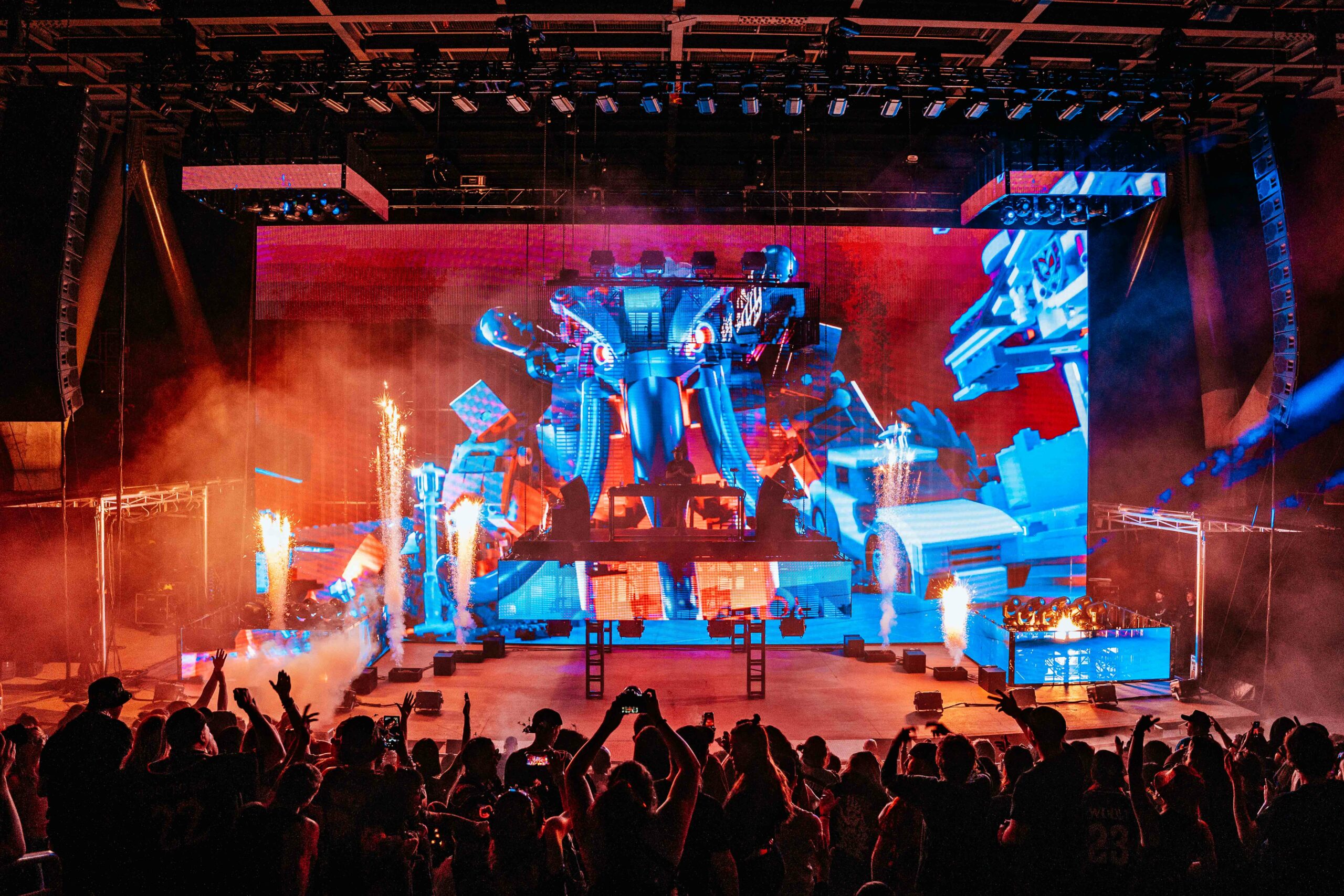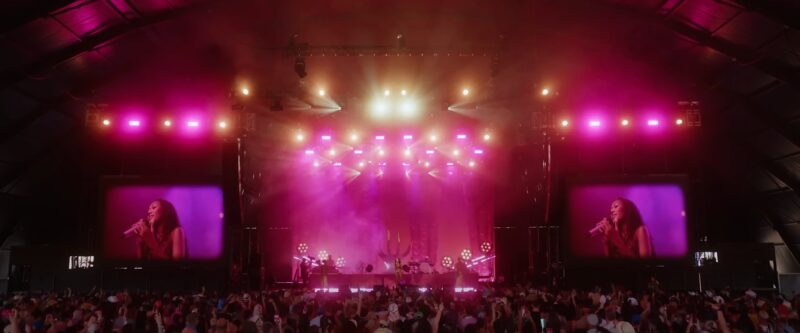
Draped in sheer gold cloth with matching laurels on her head, and flanked by dancers in gladiator sandals, Muni Long evoked beautiful images of an ancient goddess for her Coachella debut. But even a Grammy-winning pop/R&B goddess can’t control the movement of the California sun. Long began her show on the Mojave stage at 4 pm, a little over three hours before the sun set, which essentially nixed the idea of using blackouts to add a dramatic effect to her exquisite stage presence. Not to worry, though, in stepped the star’s Designer Jack Cannon who came up with a way to use gradients of bright light instead of darkness to accentuate powerful moments on stage.
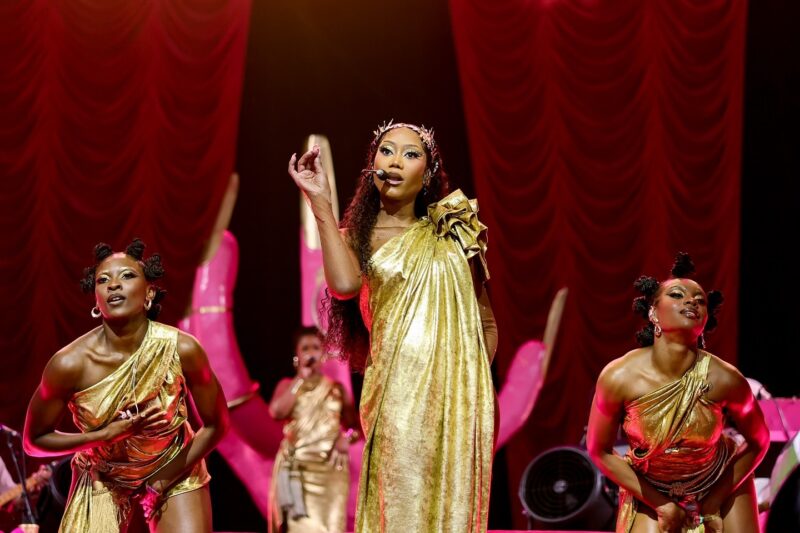
“Given our set time, we were battling daylight, so we couldn’t rely on dramatic blackouts,” said Cannon of Juliet Blue Creative. “Because of that, this design leaned heavily on high-intensity saturation and visual texture fixtures that could still register powerfully in ambient light. When we used strobing, it was always intentional and timed to moments that could carry the energy forward without feeling forced or lost. With such a luminous environment, the goal was to use rhythm and repetition over light and dark contrast. The show played with a limited palette—only about three to four color themes—but we manipulated depth and contrast. Background versus foreground, intensity versus desaturation
“Muni Long has a natural elegance as a performer, and I wanted to mirror that with an understated but rich visual language—something cinematic, controlled, and cohesive,” continued Cannon. “Our curtained backdrop allowed us to frame her with softness and scale, while the monochromatic color palette reinforced the emotional atmosphere without distraction.”
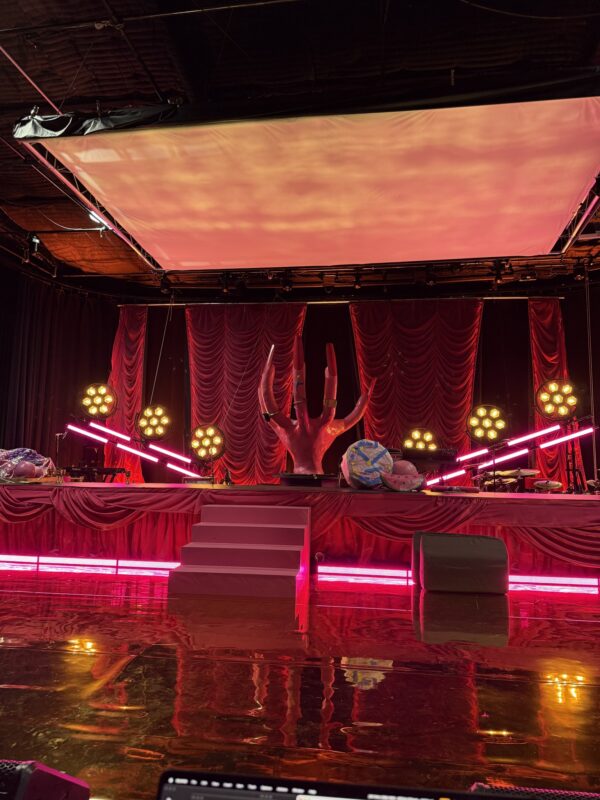
Helping Cannon tie the elegant backdrop into his overall design were eight CHAUVET Professional COLORado Solo Bar 6 battens, which like the rest of the lighting rig were supplied by Kinetic Lighting. “They were key to achieving a sense of verticality and drama,” Cannon said of the fixtures, which were positioned along the upstage edge, and focused on uplighting the drapery. “Their ability to hold deep color saturation at high output was essential, especially with the 50/50 frost filters that helped extend the beam quality all the way up the 30-foot soft goods.”
Also critical to creating a unified look on stage were the rig’s four Maverick Storm 1 Hybrid fixtures. “Each of the hybrids had a distinct purpose,” explained Cannon. “We had two of them positioned mid-stage left and right to provide side light for choreography and angled backlight for downstage action. The other two were upstage, flanking the scenic “Hand”—a major visual feature. The show opens with Muni seated on the Hand as it rotates toward the audience. The Storms, paired with low fog and thick atmosphere, gave us a layered gobo and prism look that framed her in a dreamlike slow-motion reveal.”
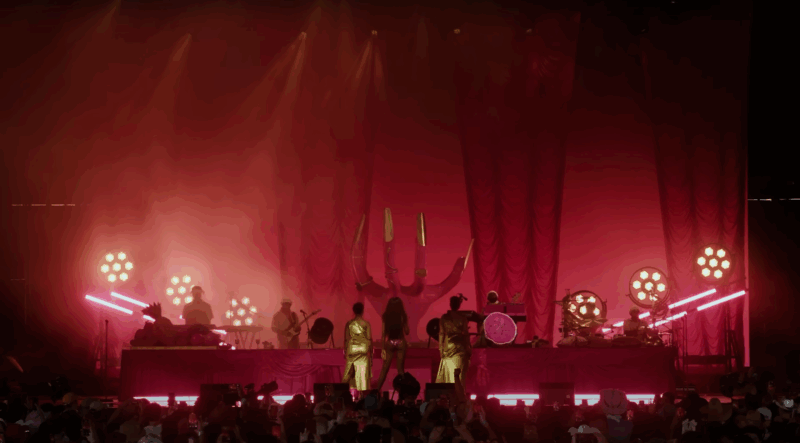
Cannon, who was initially brought into this project as the Lighting Designer, eventually became responsible for video design and made contributions to scenography as well. He worked closely with Ry Christiaansen, Production Manager from 1826; Creative Directors, Simon Hammerstein and Jerry Reeve; and Scenic Designer Ruby Law.
“This was a true team effort,” he said. “Everyone made important contributions, including on the lighting side, Kinetic Lighting, represented by James Schipper and Rachel Barth; Allan Nathan, the House LD from Felix Lighting; master electrician Rhys Morris; and his assistant Michael Spross”
Having a total team effort was very important given the challenges of setting up Muni Long’s show. Cannon had no overnight programming window, so most looks with the house lighting rig the audience and he saw together for the first time. Given that this was a camera-heavy show, there was added pressure to get every look right on the first go.
Looking back on his Coachella accomplishment, Cannon describes the show this way: “It was all about depth and emotional punctuation. Using sidelight through atmospheric haze let us create visual breath—moments that felt suspended or sculpted in air. The strobing wasn’t about chaos; it was about rhythm and body language, always connected to the choreography or the music’s movement. It allowed for bursts of intensity that still felt intentional and elegant.”
Yes indeed, and even in daylight, the end result was a show that was fit for a goddess… or at the very least, one of the brightest young stars on the music scene today.
Further information about CHAUVET Professional: www.chauvetprofessional.com
